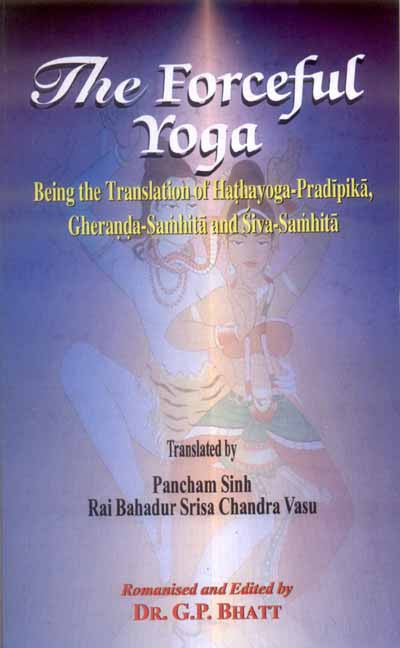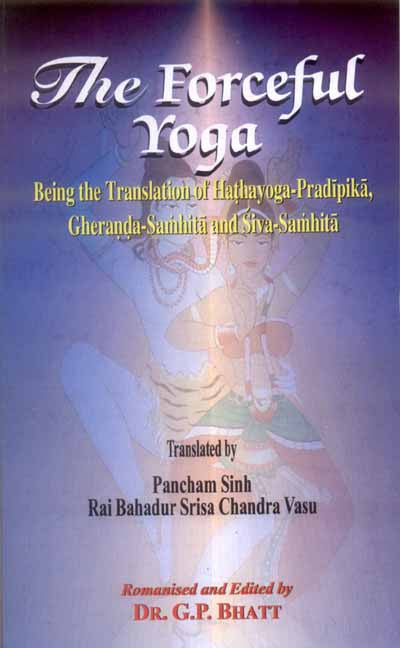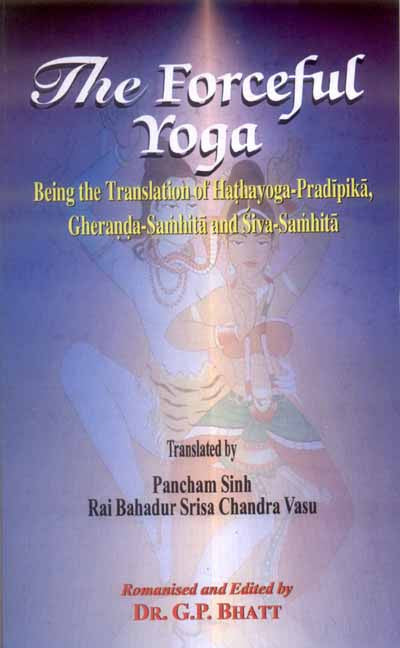The Forceful Yoga: Being the translation of Hathayoga-Pradipika, Gheranda-Samhita and Siva-Samhita
The Forceful Yoga: Being the translation of Hathayoga-Pradipika, Gheranda-Samhita and Siva-Samhita - Hardcover is backordered and will ship as soon as it is back in stock.
Couldn't load pickup availability
Out of the three translations, Hathayoga-Pradipika is the best known manual. It contains (in the present version) a total of 383 slokas divided into four Upadesas (instructions or lessons)including 69 of the first, 78 of the second, 123 of the third and 113 of the fourth
lesson. The first lesson discusses mainly the yogi postures (Asanas), the second Pranayama, the third Mudra and the fourth Samadhi, the final goal of Yoga- _adhana. The second, Gheranda-Samhita is a work of 351 Slokas (in the present version) divided into seven Upadesas or lessons each dealing with one stage of the sevenstage system of Hathayoga comprising: (1) six purificatory acts, (2) postures, (3) Mudras, (4)Pratyahara or withdrawal of senses, (5) Pranayama, (6) Dhyana or meditation and (7) Samadhi. The work is in the form of a dialogue between a teacher, Gheranda, and a disciple, Candakapali. The third text, Sivasamhita or the collection of the teachings of god Siva, contains (in the version including here)517 Slokas (96+54+97+58+212) in five chapters called Patalas. It contains Advaita ideas and Tantrika material also and is supposed to have been compiled in late seventeenth or early eighteenth century C.E.
This book, which is the collection of the three principals sources on the Hathayoga, namely the Hathayoga Pradipika, the Gheranda Samhita and the Siva Samhita, written in the medieval period, is rather the reproduction of the three Sanskrit texts and their revised English translations, originally published by Panini office, Allahabad (1914-15)
The Hathayoga or •Forceful Yogaê which was particularly popularized by Gorakhanatha, a noted thirteenth century yogi, still has many followers in India and abroad. The most distinctive element of the Hathayoga is its theory, that the prescribed purifications of the body and physical exercises and practices related with the cakras, nadis, kundalini and so on, eventually, lead to the Samadhi or supreme concentration of the mind. Further more, the practitioner may develop supernormal powers to realize the summum bonum of life. This collection of the three texts makes a brilliant exposition of the above theory to compensate the loss of the Gorakhanathaês original text on the Hathayoga.
Review(s)
About the Author(s)
-
Edition
-
Language




